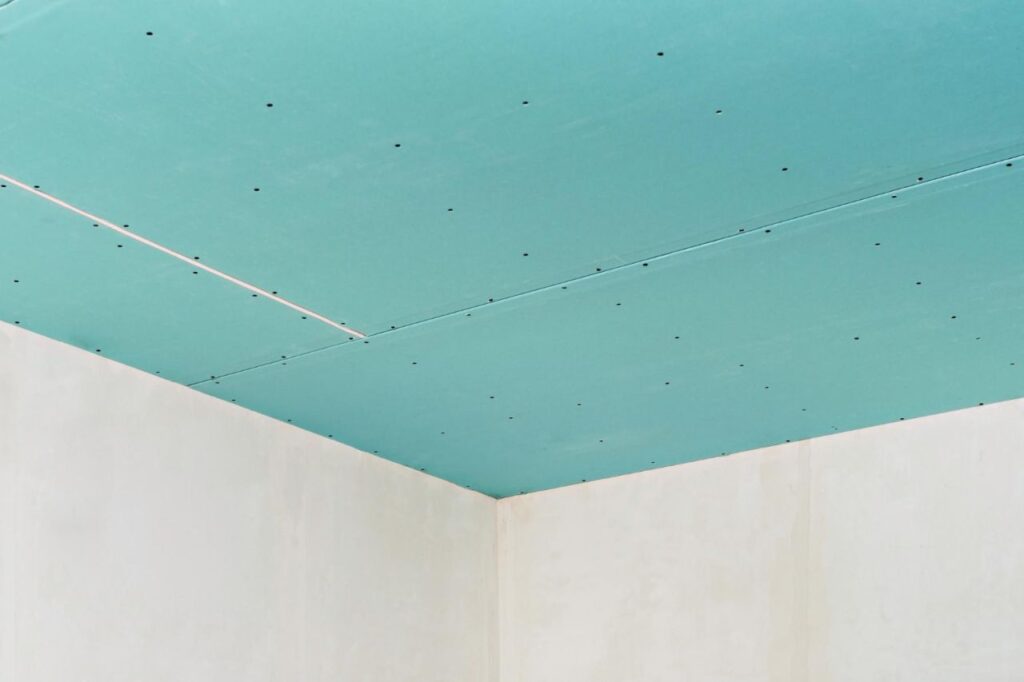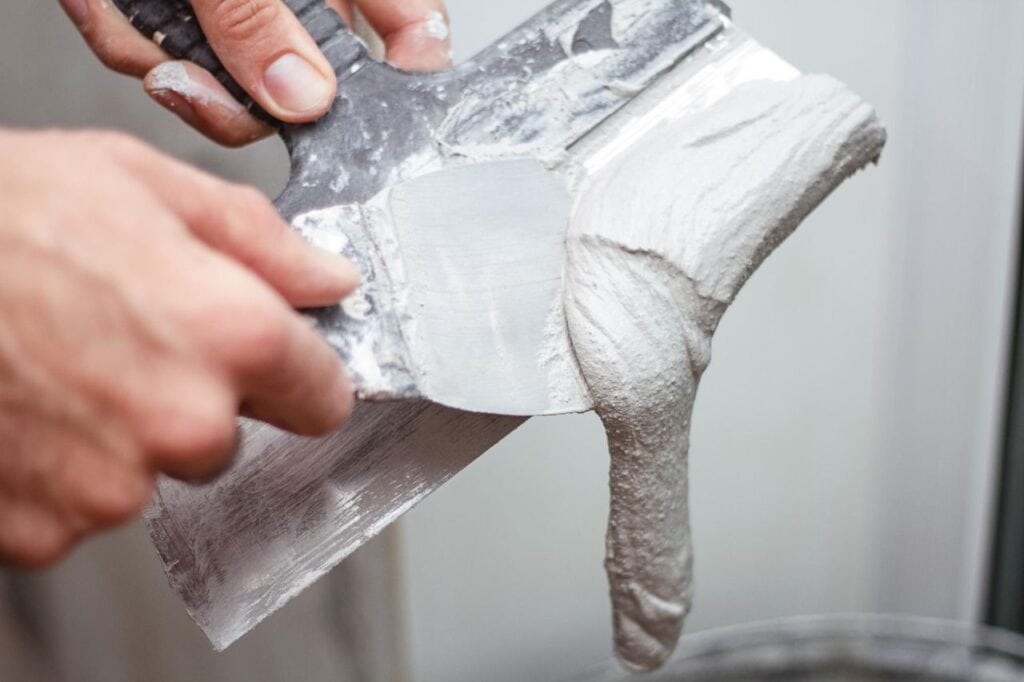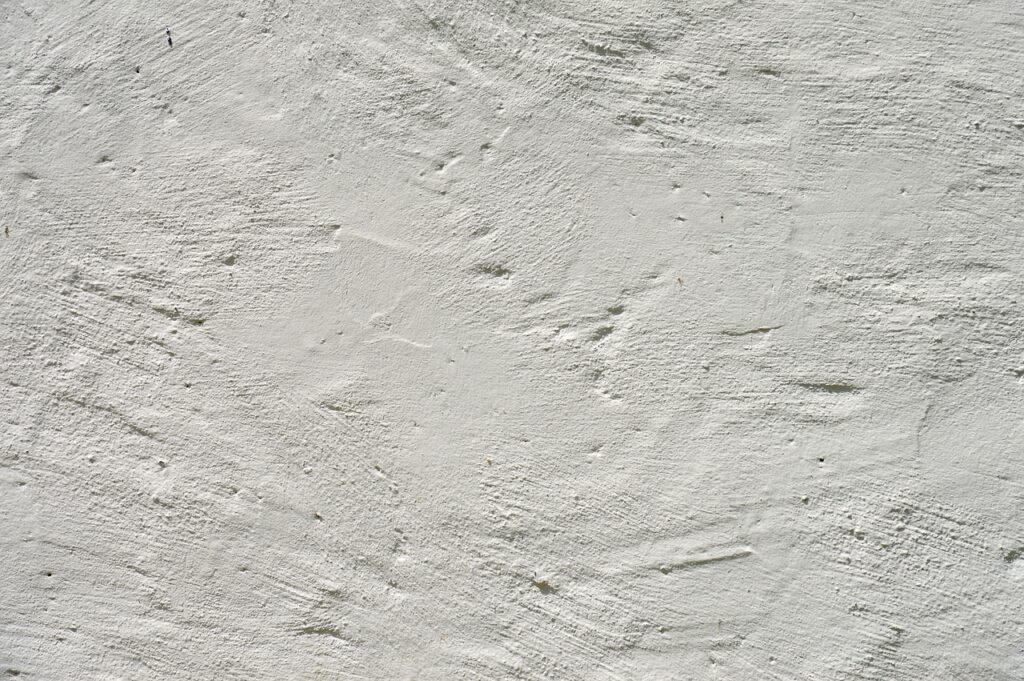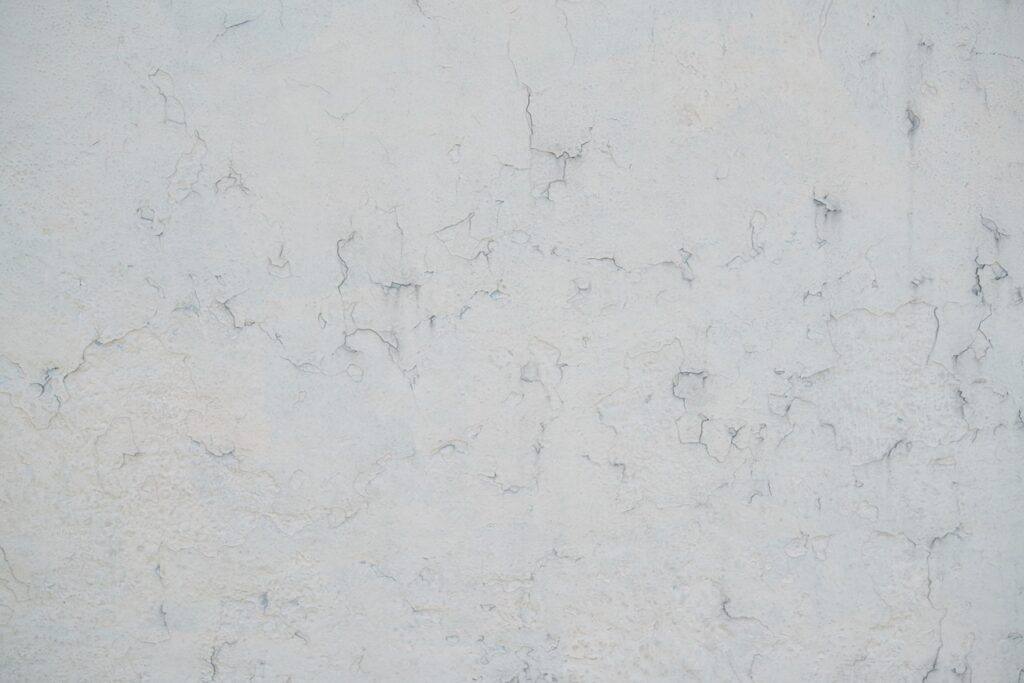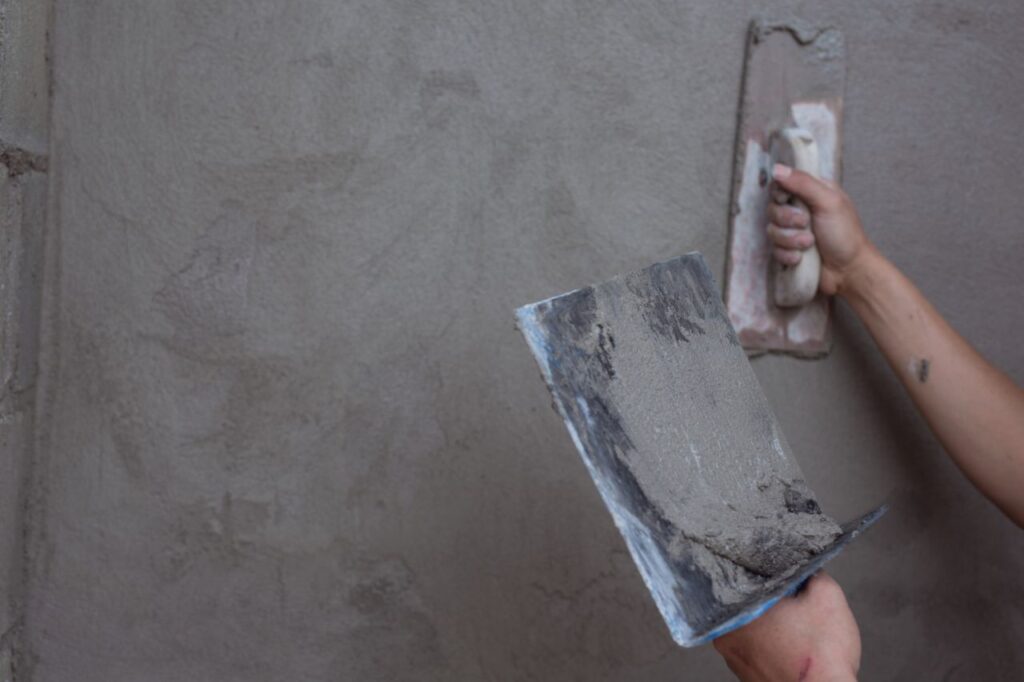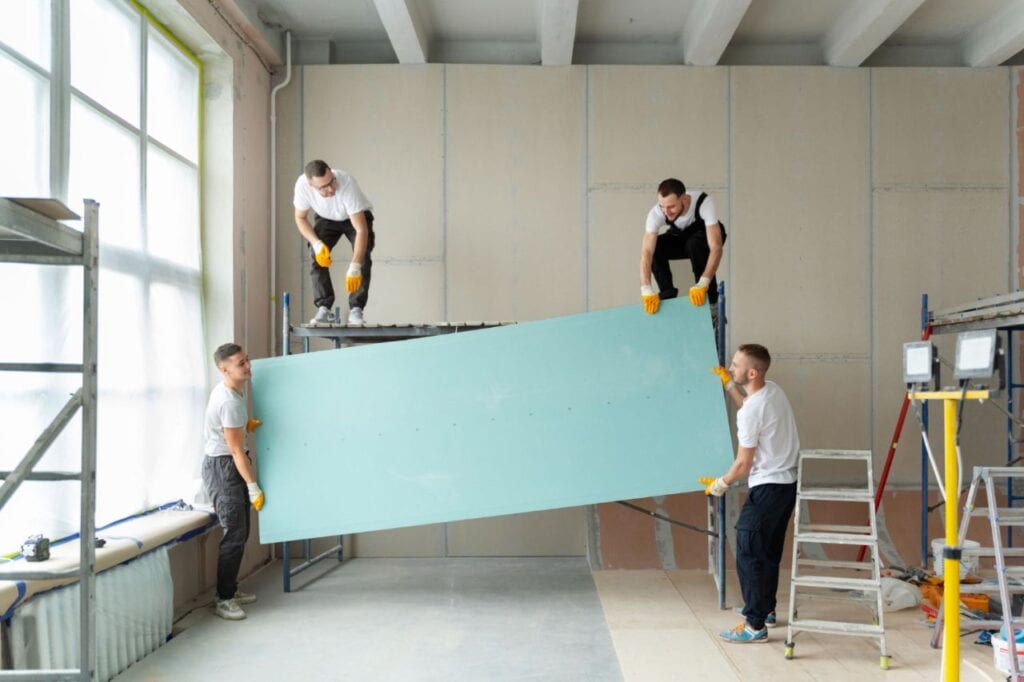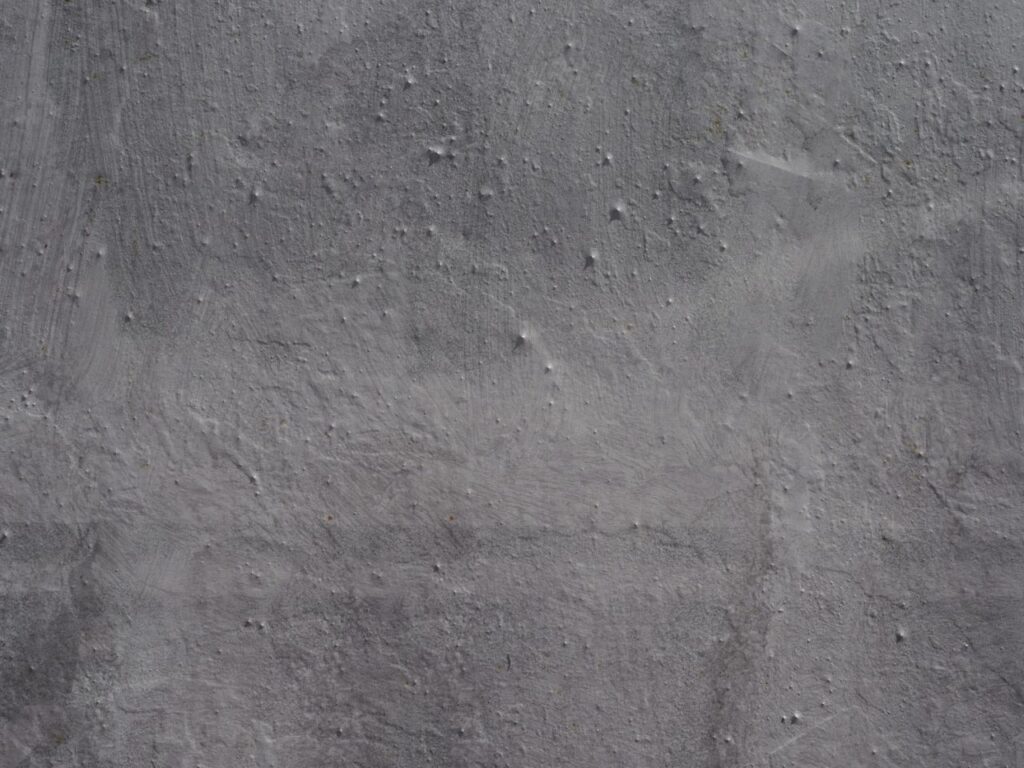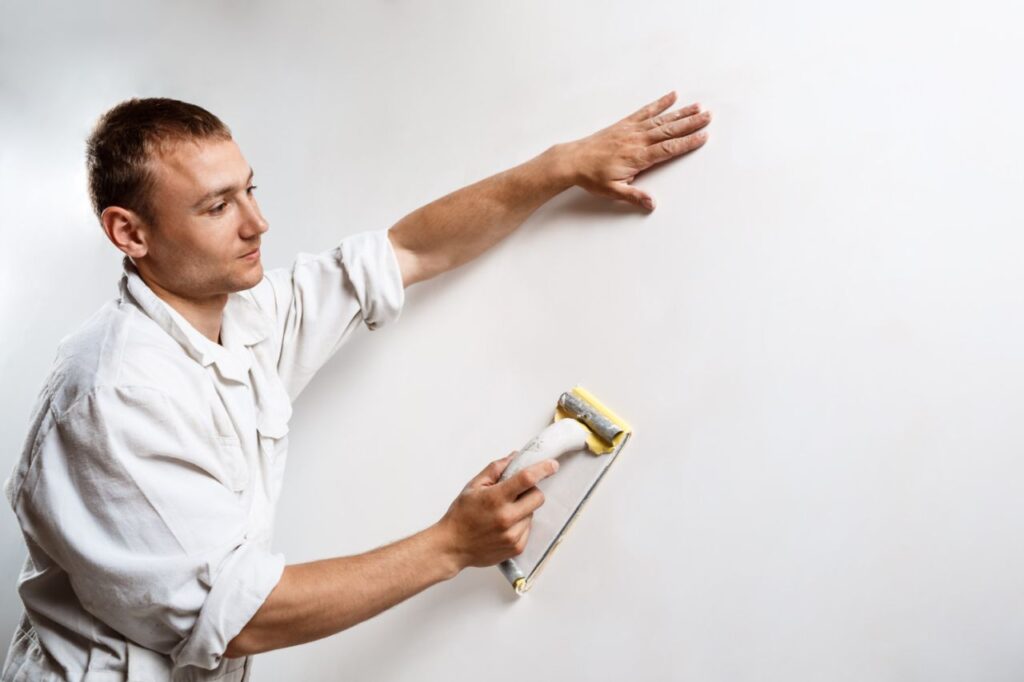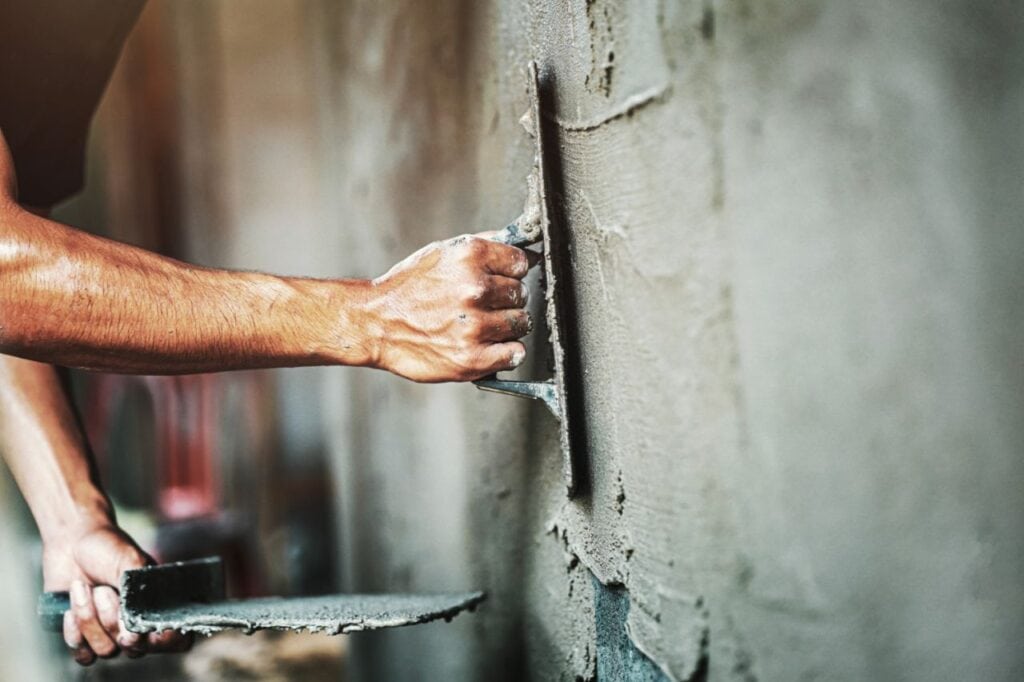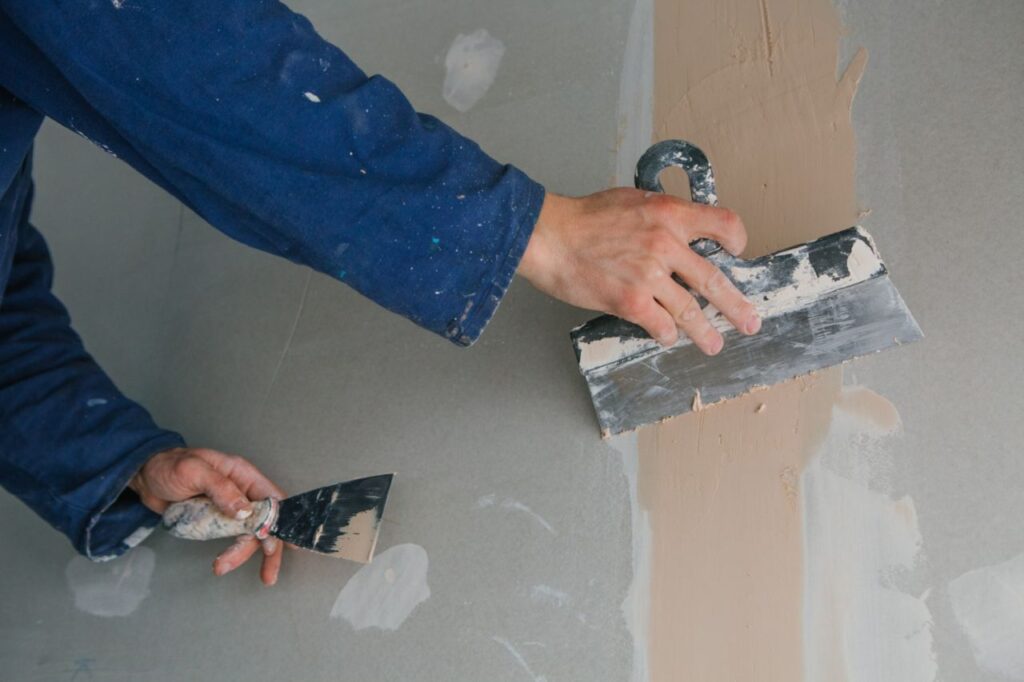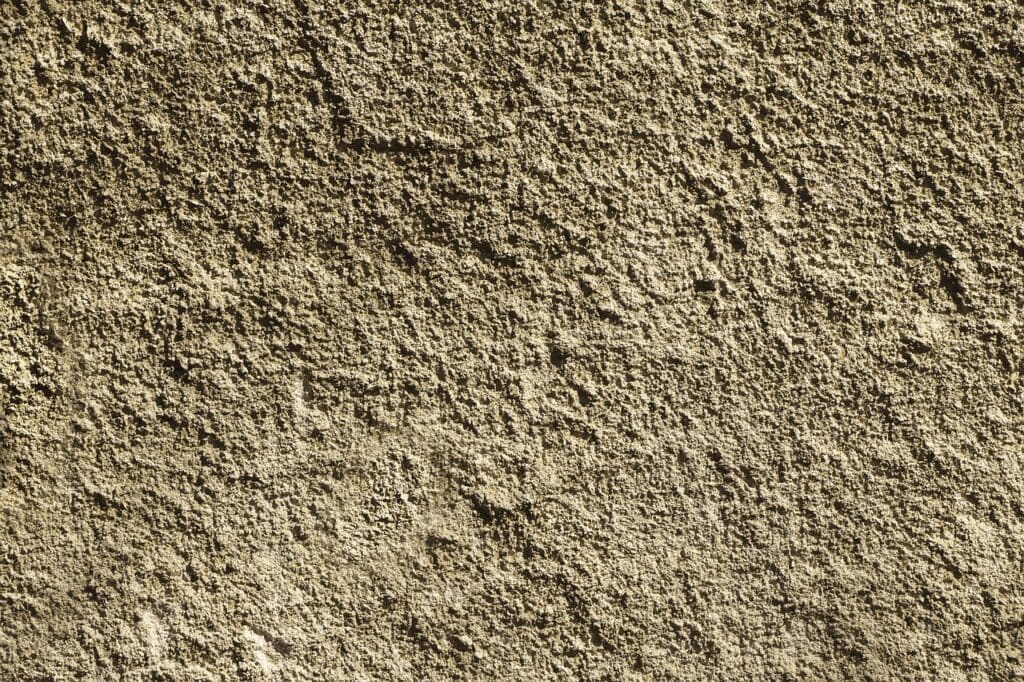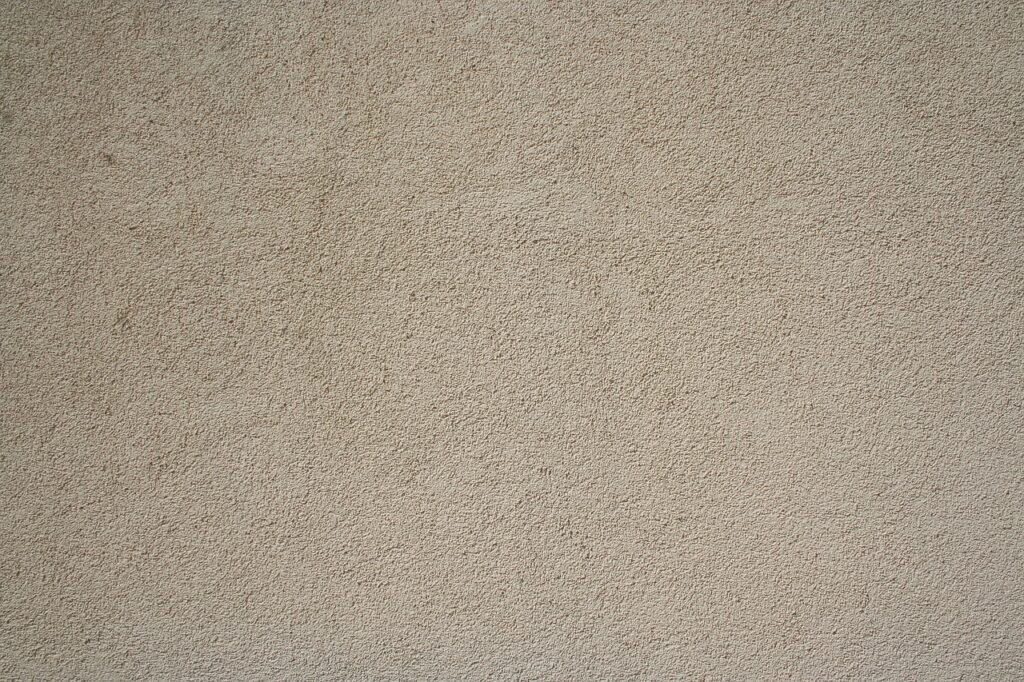Homeowners who wish to give their interior walls a touch of class often choose Venetian plastering.
This one-of-a-kind method of embellishment has its roots in ancient Rome, but its enduring elegance and durability have allowed it to survive the ages. Many house owners, however, ask if Venetian plastering requires a lot of upkeep.
In this piece, we'll go into the details of Venetian plastering and offer some helpful advice for keeping your Venetian plaster walls in good shape.
What Is Venetian Plastering?
The architectural style known as Venetian plaster is inspired by the historic buildings of Italy's most well-known cities. The remarkable architectural styles of antique Italy are intended to be replicated.
This is becoming a popular option for Australian homeowners always looking for new ways to decorate their walls.
Plastering a wall or ceiling with Venetian or Italian plaster gives the surface a textured marble-like finish that is both elegant and polished.
The use of Venetian plaster helps surfaces and walls appear more organic. Because of the adaptability of the installation method, you may put them to use throughout the inside of your house as well. This technique can be utilised to enhance the visual appeal of a home.
Regular cleaning is essential to preserve the beauty of Venetian plaster walls and prevent the buildup of dust and debris, which can attract pests. Use a soft, dry cloth or a feather duster to gently remove any surface dirt or cobwebs.
Avoid using harsh chemicals or abrasive cleaners that could damage the delicate plaster finish. Additionally, sealing the plaster walls with an appropriate protective coating not only enhances their durability but also acts as a barrier against pests.
Consider using a sealant that is specifically designed to be pest-resistant, preventing insects and rodents from finding crevices or cracks as entry points into your home.
By incorporating these simple maintenance steps and taking preventive pest control measures, you can enjoy the beauty of Venetian plaster walls while ensuring a pest-free and long-lasting living environment.
Why is Venetian Plaster Different?
If you're wondering what sets Venetian plaster and lime plaster apart from the others, it's the recipe that produces a one-of-a-kind finish.
Modern Venetian plaster materials are among the finest we've ever used, so that's good news. This is because they demand little for upkeep and are exceptionally long-lasting. In the past, a full re-plaster was required to hide even a small scratch or flaw, but modern procedures have made this unnecessary.
Patches of Venetian plaster, or any other type, can be fixed and blended in with the surrounding wall. More detailed aggregate pictures in plaster will necessitate more frequent repairs.
Why Use Venetian Plaster?
When it comes to functionality, Venetian Plaster is hard to beat. Plaster, once applied, hardens to a hard surface. It's a good buy because it won't break or shrink as easily as other materials.
If the plaster becomes wet, it will dry out fast due to its porous nature, preventing moisture from seeping through. While the upkeep required for Venetian Plaster is minimal, there are still a few rules to observe.
How to Care for Venetian Plaster
Venetian Plaster is perfect for giving your property a stylish, contemporary appearance. The use of Venetian plaster has various advantages.
This stunning method reeks of luxury in any setting, from private houses to high-end boutiques. To preserve the beauty of your Venetian plaster for as long as possible, we would like to share some maintenance suggestions with you.
Maintaining Venetian Plaster
Here are the best recommendations for keeping your Venetian plaster walls in pristine condition:
Look At The Final Result
A wax treatment can be applied to the walls afterwards to make them watertight and resistant to oil and filth.
Waxing newly plastered walls makes cleaning and maintenance easier. Test a small, hidden section first to see if the walls are sealed.
Please let us know if you are dissatisfied with the outcome before taking other measures; we are eager to assist you.
Always Use Caution When Cleaning
Use only water and a light soap to clean your polished plaster, as any aggressive cleaning materials could scratch the surface.
Polished plaster is strong but fragile. Thus, care must be taken when cleaning. To preserve the finish's natural sheen, we advise using a moist cloth for wet cleaning and a microfiber cloth for dusting.
Completely Dry
Although water won't seep in, leaving the surface moist isn't recommended. Dry the wall using a second dry, soft, nonabrasive towel after cleaning.
Maintaining the shine can be aided by employing circular motions. Ensure there are no watermarks or streaks left on the walls that could detract from their beauty.
Take Extra Precautions With Repairs
Cracks or blemishes can appear over time, even on extremely tough materials like polished plaster. However, as plaster is typically placed in layers, damage can usually be patched up, and the wall's smooth appearance is restored without starting from scratch.
Even if the repair is simple, our crew is always ready to help.
Tips for Keeping Your Venetian Plaster Walls Looking Like New
Maintaining the cleanliness and integrity of all the surfaces and finishes in your home, especially the Venetian plaster, is an important part of protecting your investment. Maintaining a clean and tidy appearance for your walls doesn't have to be time-consuming or expensive.
A sparkling, pristine home is within reach with only a few simple pointers:
Cleaning Supplies Collecting
Get the following together to clean your Venetian plaster:
- Cleansing Wipes, Mild Soap, Lukewarm Water, and a Soft Washcloth
Venetian Plaster Wall Cleaning
This centuries-old technique is still widely used today. The plaster is mixed to resemble Italian marble in appearance. If you want a more fascinating and refined design, use Venetian plaster instead of paint or wallpaper.
But you must learn certain maintenance tricks to keep your surfaces shiny for as long as possible. Thankfully, the preservation method is straightforward, and even slight stains may be cleaned away.
Here are some guidelines to help you maintain a clean appearance on your surfaces:
- Warmly soap up half of the cleaning cloth and use it to rub down the filthy areas.
- Use the dry side of the towel to wipe down the surface, then throw it out and use a new one to remove the soap.
- Scrub carefully with bleach-free wipes to remove grime from tough stains.
- It may be necessary to have the Venetian plasters professionally cleaned if soaking the stains for a minute or two does not eradicate them.
Alternative Methods for Cleaning the Plaster on Your Venetian Walls
If you want to clean your walls successfully, check if they were waxed first. Ask the firm that did your fittings if you need clarification.
The walls of your Venetian home that weren't waxed may become slightly more difficult to clean since they will collect moisture when you wipe them down. The wax acts as a sealant, preventing the surface from soaking further moisture.
Although durable, the material must be handled with care when being cleaned, and although stains can usually be removed without much effort, you should still take your time. Despite its water resistance, you shouldn't purposely leave any moisture behind. Dry the surface with a dry, non-abrasive cloth using soft, circular strokes.
If you want your Venetian plaster to retain its lustre, follow these guidelines:
- If you want to prevent colour from bleeding onto your surface, choose a white or light-coloured towel.
- Use a circular motion while cleaning, and avoid using excessive pressure to keep the surface looking brand new.
- Don't use anything too abrasive, including abrasive clothes or chemicals, when cleaning. These will leave a lasting mark on your surfaces.
Selecting a Venetian Plasterer
Plastering in the Venetian style involves coating the walls and ceilings of a building and creating slopes in the process. Such configurations are efficient enough to shed water without any hiccups.
Finding a reliable plastering contractor can be challenging. You may already be dealing with a leaking roof, and now you need to find a reliable contractor skilled in plastering.
Some people choose to tackle Venetian plastering on their own, but there are benefits to using a professional service.
- Professionals have the requisite expertise and knowledge to complete a project to perfection.
- Professionals have the tools and expertise to get the job done faster and more effectively than they could.
- Hiring experts ensures a job well done and a finished product that will last.
When choosing Venetian plaster for your home, keep the following in mind:
- Choose durable and authentic plaster goods from trusted vendors to do the job well.
- Choose a plaster that fits in with your home's colour scheme and feel. Get samples so you can picture the result.
- Tips from the Pros: Talk to expert plasterers for advice on which type of plaster will work best for your project.
Plastering Questions for Your Venetian Contractor
It isn't easy to track down a qualified, reasonably priced professional contractor. It cannot be easy to know who to hire or even who to contact.
Doing your homework will help you avoid all of that. To add complexity, you may have never engaged a professional before, making this task much more daunting. If you want to prevent a lot of headaches, it's important to hire a plastering expert.
Do You Hold A Valid Contractor's Licence?
Anyone in need of plastering services wants only to work with legitimate businesses. A valid licence ensures top-quality work at the lowest possible cost. Since you don't know much about plastering services, you should verify that the contractor is properly licenced.
Verify that the licence is current to have legal recourse if problems arise during the service.
How About Insurance?
Finding a contractor without appropriate insurance for Venetian plastering work might be disastrous. If you need pitched roofing, ensure the business you pick is licenced and employs trained personnel. If an accident happens while you're providing service, you won't have to pay for it out of pocket.
Do You Also Provide Removal And Setup?
Find out whether they have an installation service available. Almost all service providers will visually assess the roof, but more is needed.
The contractor would know after the inspection if they can perform the plastering repair. However, plastering repairs must be carried out periodically over the lengthy procedure.
Is There Going To Be A Detailed Price List?
If you need plastering done, you must get an estimate beforehand. Given your financial situation, this would tell you whether or not the price is reasonable.
Provide a Clear Agreement
One of the best moves you can make is to hire a reputable general plastering contractor. Their contract is straightforward to understand, which is a major selling point.
The contract contains all the information you need to make an informed decision. They list details like the supplies they'd use, how long the job would take, how many experts they'd bring in, etc.
Most importantly, they will provide a price quote for the complete Venetian plastering job. In addition, reputable companies offer guarantees for their work.
Offer Open Communication
Plastering is a job where strong communication is essential; all competent general contractors know this. You can contact them whenever you need answers to your burning questions.
Ask him any questions you have about the job and see if he can respond properly to see if he is open to recommendations.
Conclusion
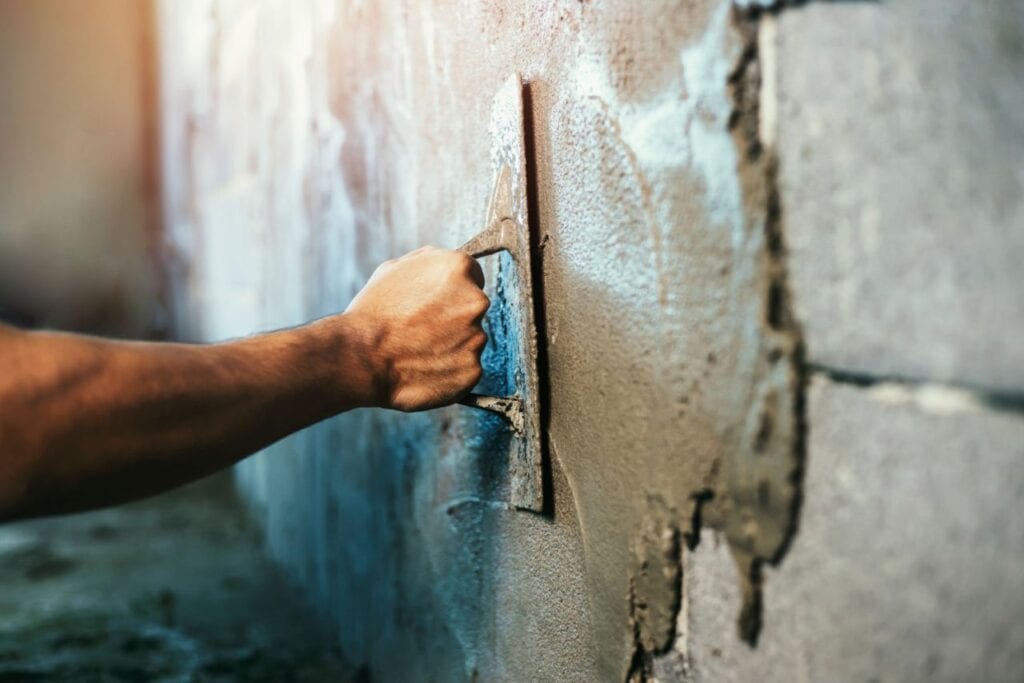
Homeowners who wish to give their interior walls a touch of class and sophistication often choose Venetian plaster. This ancient Roman decoration method creates a luxurious marble-like texture that is sure to impress guests.
Modern materials have made Venetian plastering more long-lasting and low-maintenance, despite its historical reputation for requiring periodic re-plastering to mask faults.
The firm, shrink- and scratch-proof surface of Venetian plaster is only one of the many benefits it provides. It dries quickly because of its porous structure, thus, no moisture can penetrate it. But it still needs regular care and upkeep to keep its lustre throughout time.
Maintaining Venetian plaster walls requires a wax treatment to seal the plaster, making it oil and grime resistant. Use only water and gentle soap for washing, as harsh chemicals might leave scratches.
After washing, make sure to use a soft, non-abrasive cloth to dry the walls completely. It is not necessary to completely re-plaster the area in order to make the necessary repairs.
The quality of the final product depends on the skill and experience of the Venetian plasterer you choose. Protect yourself from problems by verifying the contractor has a current licence and insurance. A successful plastering project also requires good communication and a comprehensive price list and contract.
Homeowners can prolong the life of their Venetian plaster and preserve its timeless beauty by following these care instructions and hiring a qualified contractor.
Content Summary
- Venetian plastering is a popular choice for homeowners looking to add a touch of class to their interior walls.
- Venetian plastering has its roots in ancient Rome and has survived the ages due to its enduring elegance and durability.
- Many homeowners wonder if Venetian plastering requires a lot of upkeep.
- Venetian plastering is inspired by the architectural styles of Italy's historic buildings.
- Australian homeowners are increasingly choosing Venetian plastering as a decorative option for their walls.
- Venetian plastering gives walls a textured marble-like finish that is both elegant and polished.
- Venetian plaster helps surfaces and walls appear more organic and can enhance the visual appeal of a home.
- Venetian plaster is different from other types of plaster due to its unique recipe that produces a one-of-a-kind finish.
- Modern Venetian plaster materials require little upkeep and are exceptionally long-lasting.
- Patches of Venetian plaster can be fixed and blended with the surrounding wall.
- Venetian plaster hardens to a hard surface, making it a durable choice for homeowners.
- Venetian plaster has a porous nature that allows it to dry out quickly when wet, preventing moisture from seeping through.
- Care must be taken when cleaning Venetian plaster as aggressive cleaning materials can scratch the surface.
- A wax treatment can be applied to Venetian plaster walls to make them watertight and resistant to oil and filth.
- Caution should be used when cleaning polished plaster to preserve its natural sheen.
- The surface of Venetian plaster should be completely dried after cleaning to maintain its shine.
- Cracks or blemishes can be patched up on Venetian plaster walls to restore their smooth appearance.
- Maintaining the cleanliness and integrity of Venetian plaster walls is important to protect the investment.
- Cleaning supplies for Venetian plaster include cleansing wipes, mild soap, lukewarm water, and a soft washcloth.
- Venetian plaster can be cleaned by rubbing down the dirty areas with a soapy cloth and then wiping with a dry cloth.
- Tough stains on Venetian plaster may require scrubbing with bleach-free wipes or professional cleaning.
- Walls that are not waxed may collect moisture when wiped down, making them slightly more difficult to clean.
- Venetian plaster should be handled with care when being cleaned, and any moisture should be dried off.
- Cleaning Venetian plaster with a white or light-colored towel can prevent color bleeding onto the surface.
- Cleaning should be done using a circular motion and without excessive pressure to maintain the surface's appearance.
- Abrasive clothes or chemicals should not be used when cleaning Venetian plaster.
- Finding a reliable plastering contractor for Venetian plastering can be challenging but has benefits over DIY.
- Professional plastering contractors have the expertise, knowledge, and tools to complete a project to perfection.
- Hiring experts ensures a well-done job and a durable finished product.
- Durable and authentic plaster goods should be chosen from trusted vendors for Venetian plastering.
- The plaster chosen should fit in with the home's color scheme and feel, and samples can help visualize the result.
- Seeking advice from expert plasterers can help determine the best type of plaster for a project.
- Conducting research and hiring a reputable plastering contractor can help avoid headaches and ensure quality work.
- Working with a licensed contractor ensures top-quality work and legal recourse if problems arise.
- It is important to hire a contractor with appropriate insurance for Venetian plastering work to avoid potential costs.
- Inquire if the contractor provides removal and setup services for Venetian plastering.
- Asking for a detailed price list beforehand can help determine the reasonableness of the cost.
- Hiring a reputable general plastering contractor ensures a straightforward contract with all the necessary information.
- Open communication with the contractor is essential for a successful plastering job.
- Asking questions and receiving proper responses from the contractor indicates their openness to recommendations.
- Venetian plastering involves coating walls and ceilings and creating efficient slopes to shed water.
- Finding a reliable plastering contractor for Venetian plastering can be challenging but is worth the effort.
- A valid contractor's license ensures top-quality work and legal recourse if issues arise.
- Having appropriate insurance coverage for Venetian plastering work is crucial to avoid potential financial liabilities.
- Inquiring about removal and setup services is important to ensure the full scope of the project is covered.
- A detailed price list helps assess the reasonableness of the cost of Venetian plastering.
- Hiring a reputable general plastering contractor with a clear agreement and guarantees ensures a satisfactory outcome.
- Open communication with the contractor allows for effective collaboration and addressing any concerns.
- Researching and hiring a professional plastering expert can help prevent complications and ensure quality work.
- Asking specific questions to the plastering contractor helps determine their qualifications and suitability for the job.
FAQS About Venetian Plaster
Minor scratches and scuffs can often be repaired by applying a small amount of wax or a specialised Venetian plaster repair product. Follow the manufacturer's instructions or consult a professional for the best results.
Venetian plaster is formulated to be long lasting, but some fading may occur over time due to exposure to sunlight or other environmental factors. To minimise fading, keeping the area well-shaded or using UV-protective coatings is recommended.
Coloured Venetian plaster requires extra care as the pigments used can be more sensitive to cleaning agents. Always use gentle cleaners and avoid abrasive materials or excessive scrubbing to prevent colour loss.
Small repairs can often be done by homeowners using DIY Venetian plaster patch kits available in the market. However, it is advisable to seek professional assistance to ensure a seamless finish for larger or more complex repairs.
To extend the lifespan of Venetian plaster, avoid excessive impacts, maintain regular cleaning routines, promptly address any damage or staining, and consider periodic resealing or refinishing by professionals to restore its original beauty.

